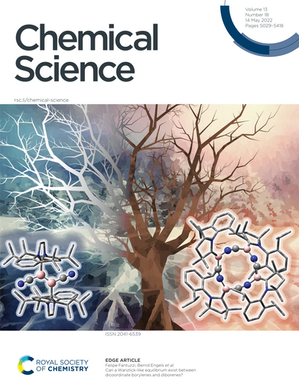Our Numbers
Global Network
Our Objectives
To connect the very small (chemical bonds), the very large (astrochemistry), and the design of functional molecules through the development and application of quantum chemical methods and multiscale modelling, working in equitable collaboration with partners worldwide.

Dr Felipe Fantuzzi
Felipe is a theoretical and computational chemist and Lecturer in Chemistry in the School of Natural Sciences at the University of Kent. His research centres on structural chemistry and theory, with emphasis on chemical bonding, astrochemistry, and the design of functional molecules, using quantum chemical methods and multiscale modelling.
Originally from Brazil, he completed his PhD in theoretical chemistry in 2017 and subsequently held research positions in Brazil, the USA, and Germany, including an Alexander von Humboldt Postdoctoral Fellowship. At Kent, Felipe leads the Supramolecular, Interfacial and Synthetic Chemistry (SISC) cluster and co-directs Kent Astrochemistry, Irradiation, Origins and Space (KAIROS). He also holds visiting positions at the Institute for Sustainable Chemistry & Catalysis with Boron at Julius-Maximilians-Universität Würzburg, the HUN-REN Institute for Nuclear Research (ATOMKI) in Hungary, and Universidad del Valle in Colombia, where he contributes to the SIMERQO group. In addition, he is one of the coordinators of the Europlanet Regional Hub Colombia.
Felipe collaborates widely across Latin America, Europe, and the wider Global South, connecting fundamental theory with applications in energy, health, forensics, and space science. He is strongly committed to equitable international partnerships and to supporting early-career researchers through supervision, mentoring, and collaborative research networks. Beyond work, he enjoys playing bass guitar and has released an album with his Brazilian band, Still Alive.
Cover Gallery

Our Funders

























